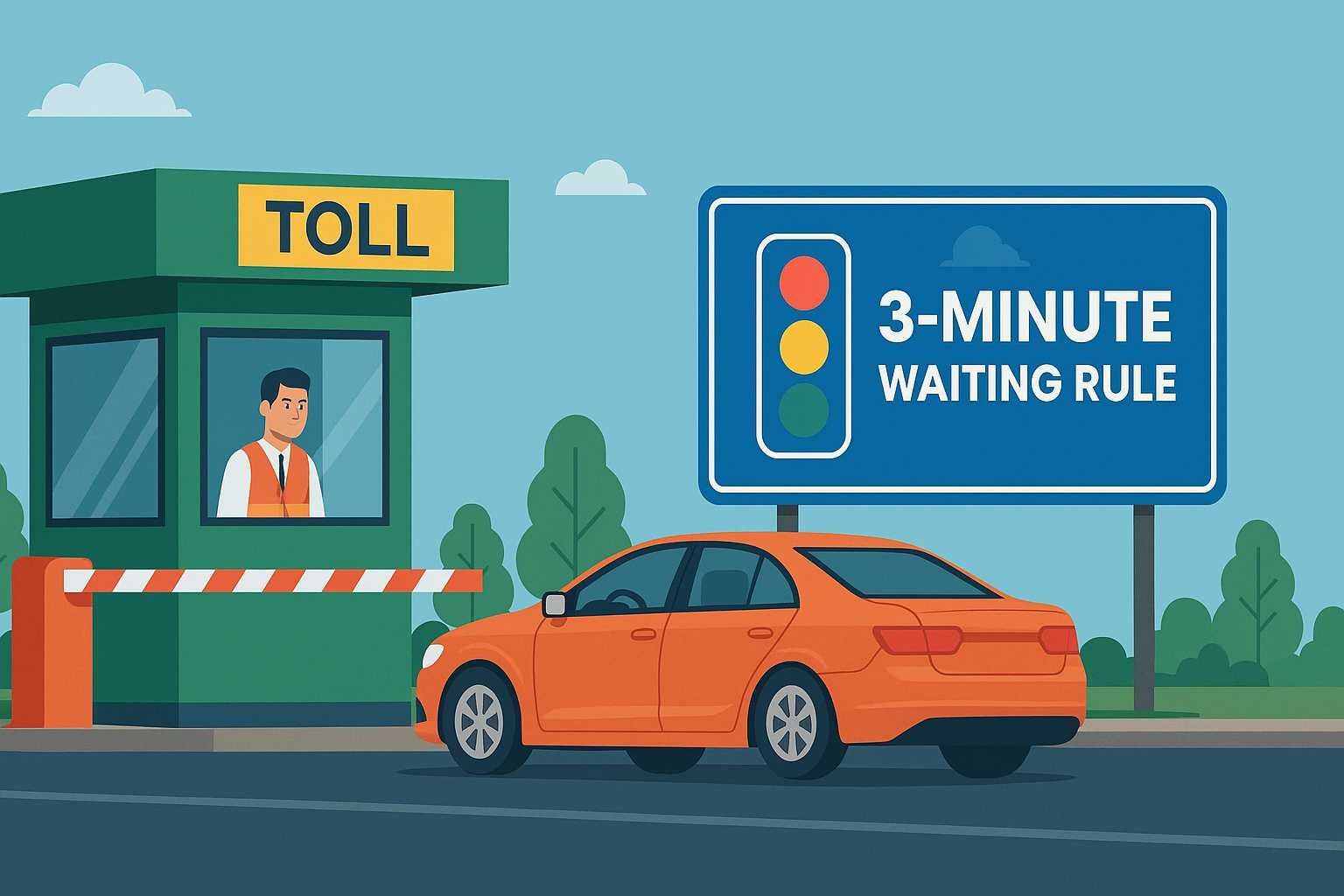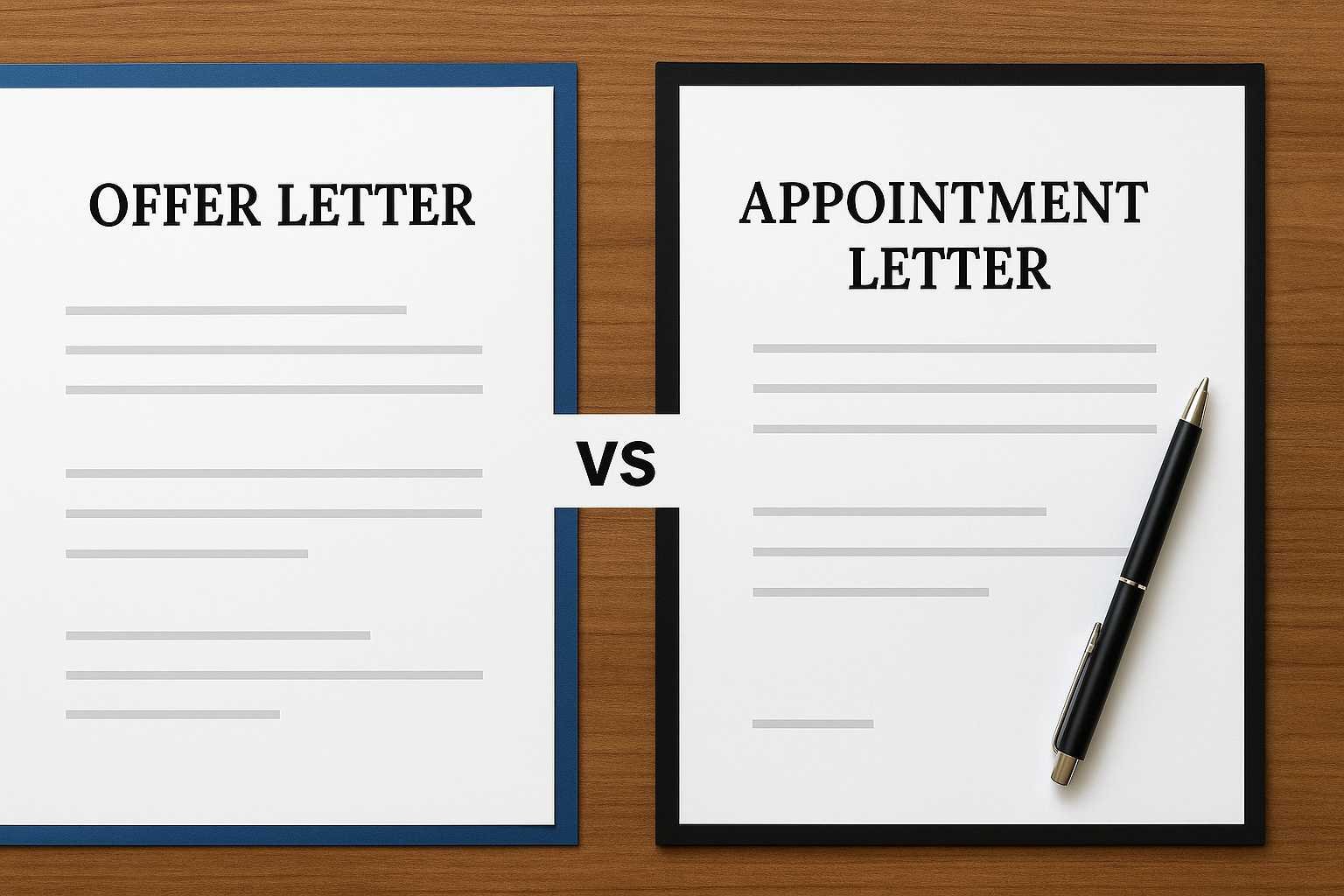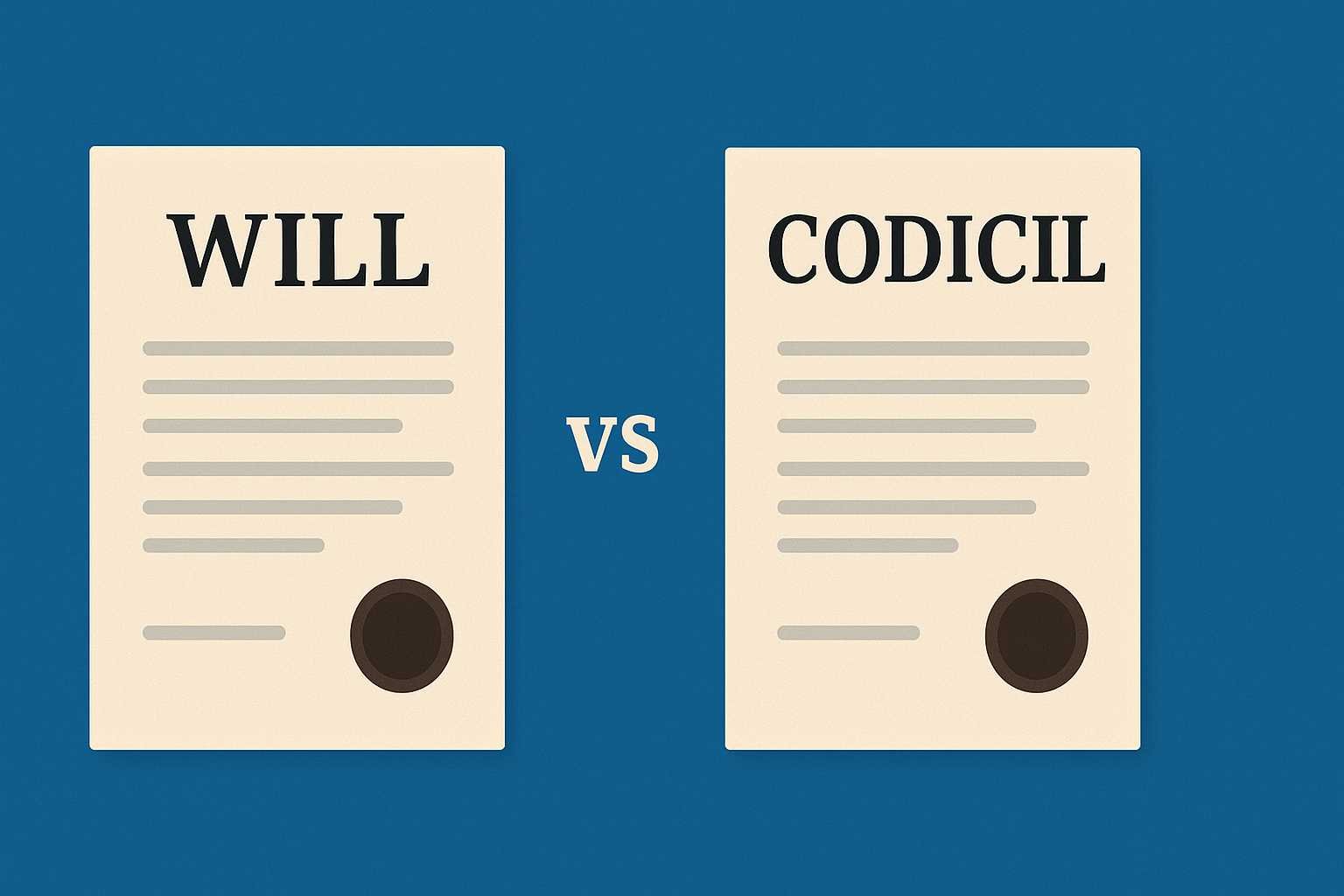On this page you will read detailed information about Cease and Desist Letter.
As a business owner or individual, protecting your intellectual property and legal rights is paramount. When faced with infringement or harassment, a cease and desist letter can be a powerful tool in your arsenal. This formal document serves as a clear warning to the offending party, demanding they stop their unlawful actions or face potential legal consequences. Understanding how to craft an effective cease and desist letter is crucial for asserting your rights and resolving disputes efficiently. In this article, you’ll learn the key elements of a compelling cease and desist letter and how to leverage this legal instrument to safeguard your interests and reputation.
What is a Cease and Desist Letter?
A cease and desist letter is a formal document used to demand that an individual or entity stop (cease) and refrain from (desist) certain actions or behaviors. These letters are powerful legal tools often employed to protect intellectual property rights, prevent harassment, or address contract violations.
Purpose and Content
Cease and desist letters serve as a warning shot, alerting the recipient to potential legal action if they don’t comply with the demands outlined. Typically, these letters include:
- A clear statement of the rights being violated
- Specific actions the recipient must take or stop
- A deadline for compliance
- Potential consequences for non-compliance
Legal Weight
While cease and desist letters aren’t court orders, they carry significant legal implications. They establish a paper trail demonstrating that you’ve formally notified the offending party of their wrongdoing. This documentation can be crucial if the dispute escalates to litigation.
When to Use
You might consider sending cease and desist letters in various situations, such as:
- Stopping trademark infringement
- Halting defamatory statements
- Ending harassment or stalking
- Addressing breach of contract
Remember, while cease and desist letters can be effective, they should be crafted carefully to avoid potential legal pitfalls. Consulting with a legal professional can help ensure your letter achieves its intended purpose without exposing you to unnecessary risks.
When to Send a Cease and Desist Letter
Knowing when to send cease and desist letters is crucial for protecting your rights effectively. These formal documents serve as a powerful tool to address various legal issues and potential violations.
Intellectual Property Infringement
One common scenario for sending cease and desist letters is when you suspect someone is infringing on your intellectual property rights. This may include unauthorized use of your copyrighted material, trademarks, or patents. By promptly issuing a cease and desist letter, you can assert your ownership and demand that the infringing party stop their actions immediately.
Harassment or Defamation
In cases of persistent harassment or defamation, cease and desist letters can be an effective first step in addressing the issue. Whether you’re dealing with cyberbullying, stalking, or false statements that damage your reputation, a formal letter can serve as a clear warning to the offending party.
Contract Violations
When a party breaches a contract or agreement, sending a cease and desist letter can be an appropriate initial response. This document outlines the specific violations and demands that the other party comply with the terms of the agreement or face potential legal action.
Unfair Business Practices
If you believe a competitor is engaging in unfair business practices, such as false advertising or trade secret theft, a cease and desist letter can be an effective way to address the issue. This formal communication puts the offending party on notice and may lead to a resolution without the need for costly litigation.
Key Components of an Effective Cease and Desist Letter
Clear Identification of Parties
When drafting cease and desist letters, it’s crucial to clearly identify both the sender and the recipient. Include full legal names, addresses, and any relevant business or organizational affiliations. This establishes the context and ensures there’s no ambiguity about who is involved in the dispute.
Detailed Description of the Violation
Provide a comprehensive account of the alleged infringement or violation. Be specific about dates, locations, and actions that constitute the breach. This clarity helps the recipient understand exactly what behavior needs to cease and desist. Include any relevant evidence or documentation to support your claims.
Explicit Demands and Timeframe
Clearly state your demands and the expected timeline for compliance. Use unambiguous language to outline what actions the recipient must take or cease. Specify a reasonable deadline for the recipient to respond or comply with your requests. This element is crucial in cease and desist letters as it sets clear expectations and potentially strengthens your position if further legal action becomes necessary.
Legal Consequences and Next Steps
Outline the potential legal ramifications if the recipient fails to comply with your demands. While maintaining a professional tone, clearly communicate your intention to pursue further legal action if necessary. This section should emphasize the seriousness of the situation without resorting to threats or inflammatory language.
How to Respond to a Cease and Desist Letter
Receiving a cease and desist letter can be intimidating, but knowing how to respond effectively is crucial for protecting your rights. Here’s a guide on handling these legal communications professionally:
Remain Calm and Assess the Situation
Upon receiving cease and desist letters, take a deep breath and carefully review the contents. Understand the specific claims being made and the demands outlined. Avoid any knee-jerk reactions or immediate responses that could potentially harm your position.
Seek Legal Counsel
It’s essential to consult with an experienced attorney who specializes in the relevant area of law. They can help you interpret the letter’s implications and advise on the best course of action. Your lawyer can also determine if the claims have merit or if they’re simply intimidation tactics.
Gather Evidence and Documentation
Collect all relevant documents, correspondence, and evidence related to the dispute. This information will be crucial in formulating your response and defending your position if necessary. Keep detailed records of all interactions regarding the cease and desist letter.
Respond Professionally and Timely
Work with your attorney to craft a well-thought-out response. Depending on the situation, this could range from complying with the demands to disputing the claims. Ensure your response is professional, factual, and addresses all points raised in the original letter. Remember to respond within any specified timeframes to avoid potential legal consequences.
In the previous post, we had shared information about Is On-Duty Police Officer’s Video Recording Punishable By law in India?, so read that post also.
Best Practices for Sending Cease and Desist Letters
When drafting and sending cease and desist letters, it’s crucial to follow best practices to ensure their effectiveness and legal validity. By adhering to these guidelines, you can protect your rights while minimizing potential backlash.
Be Clear and Concise
Your cease and desist letter should clearly state the alleged infringement or violation. Use specific language to describe the actions you want the recipient to stop. Avoid ambiguity or vague threats, as these can weaken your position.
Provide Evidence
Include concrete evidence of the infringement or violation in your letter. This may include dates, locations, and specific instances of the offending behavior. Strong documentation strengthens your case and demonstrates the seriousness of your claim.
Set a Reasonable Deadline
Specify a reasonable timeframe for the recipient to comply with your demands. This deadline should be long enough for the recipient to take action but short enough to convey urgency. Typically, 10 to 30 days is considered appropriate for most situations.
Maintain a Professional Tone
While cease and desist letters are serious legal documents, it’s essential to maintain a professional and respectful tone throughout. Avoid using inflammatory language or making personal attacks, as this can undermine your credibility and potentially escalate the situation unnecessarily.
Conclusion
In conclusion, cease and desist letters are powerful tools for protecting your intellectual property and legal rights. By crafting a clear, firm, and professionally written letter, you can often resolve disputes without resorting to costly litigation. Remember to thoroughly research the alleged infringement, clearly state your demands, and provide a reasonable timeframe for compliance. While cease and desist letters can be effective, consult with a qualified attorney to ensure your letter is legally sound and appropriate for your specific situation. With the right approach, you can safeguard your interests and potentially avoid further legal action through this important first step.
Disclaimer
The information and services on this website are not intended to and shall not be used as legal advice. You should consult a Legal Professional for any legal or solicited advice. While we have good faith and our own independent research to every information listed on the website and do our best to ensure that the data provided is accurate. However, we do not guarantee the information provided is accurate and make no representation or warranty of any kind, express or implied, regarding the accuracy, adequacy, validity, reliability, availability, or completeness of any information on the Site. UNDER NO CIRCUMSTANCES SHALL WE HAVE ANY LIABILITY TO YOU FOR ANY LOSS OR DAMAGE OF ANY KIND INCURRED AS A RESULT OR RELIANCE ON ANY INFORMATION PROVIDED ON THE SITE. YOUR USE OF THE SITE AND YOUR RELIANCE ON ANY INFORMATION ON THE SITE IS SOLELY AT YOUR OWN RISK. Comments on this website are the sole responsibility of their writers so the accuracy, completeness, veracity, honesty, factuality and politeness of comments are not guaranteed.
So friends, today we talked about Cease and Desist Letter, hope you liked our post.
If you liked the information about Cease and Desist Letter, then definitely share this article with your friends.
Knowing about laws can make you feel super smart ! If you find value in the content you may consider joining our not for profit Legal Community ! You can ask unlimited questions on WhatsApp and get answers. You can DM or send your name & number to 8208309918 on WhatsApp








